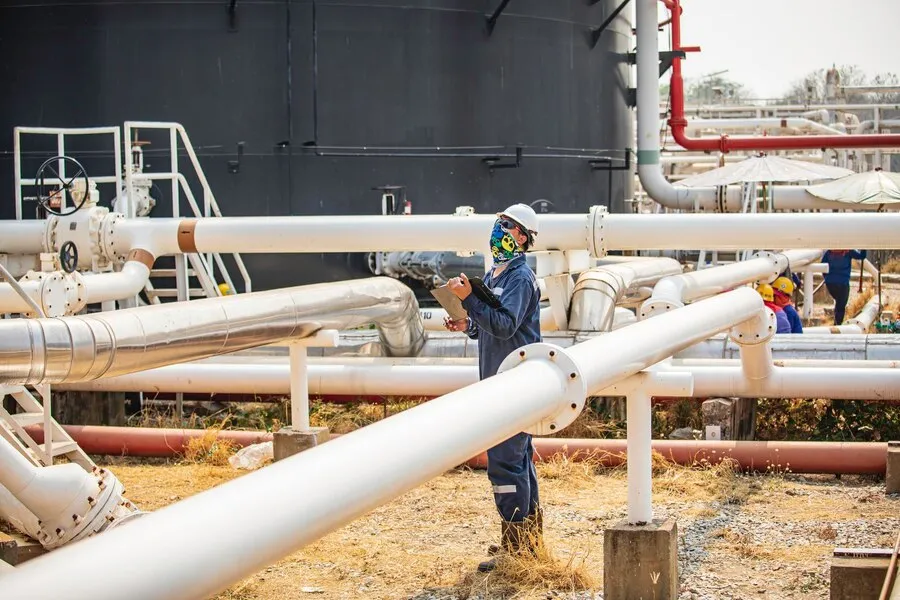Key Takeaways:
- Pigging is essential for maintaining pipeline efficiency and integrity in various industries.
- Utilizing best practices in pigging operations can significantly reduce downtime and maintenance costs.
- Different types of pigs serve specialized functions such as cleaning, inspecting, and sealing.
- Proper maintenance and monitoring are crucial for the effectiveness of pigging operations.
Introduction to Pigging
Pigging is a technique used in various industries to maintain the cleanliness and integrity of pipelines. This process involves sending a’ pig’ device through the pipeline to perform tasks such as cleaning, inspecting, or separating products. The technique is widely adopted due to its efficiency and cost-saving benefits. Those unfamiliar with what is pipeline pigging might be surprised at how pivotal this method has become in modern industrial operations. By maintaining the internal cleanliness of pipelines, businesses can avoid costly downtime and maintain high product quality.
From the food and beverage sector to the oil and gas industry, pigging ensures pipelines function optimally. Understanding how pigging works and its benefits can provide valuable insights for businesses looking to enhance their operational efficiency.
How Pigging Works
The pigging process begins by inserting a pig into the pipeline. This pig, composed of various materials such as foam, plastic, or metal, is propelled through the pipeline using the flow of the product or an external force such as compressed air. As it travels through the pipeline, it performs its intended function: cleaning, inspecting, or sealing.
Particularly, cleaning pigs scrape off any debris or buildup inside the pipe, which ensures smooth and efficient flow. Inspection pigs, often equipped with advanced sensors, can detect and record data on the internal condition of the pipeline, identifying issues such as corrosion or cracks. On the other hand, sealing pigs are used for pressure testing to ensure the pipeline’s integrity after maintenance or repairs.
Types of Pigs and Their Uses
- Cleaning Pigs: These pigs are specifically designed to remove debris and buildup inside pipelines, maintaining their smooth operation.
- Inspection Pigs: Also known as smart pigs, these are equipped with advanced sensors and data collection tools to inspect pipelines’ internal condition. They can detect issues such as corrosion, leaks, and structural anomalies.
- Sealing Pigs: These are used to create an airtight seal within the pipeline for pressure testing purposes, enabling operators to detect and locate leaks or weaknesses in the pipe structure.
Each type of pig serves a specific purpose, and selecting the appropriate one is critical for the success of the pigging operation. For instance, inspection pigs can prevent costly and hazardous incidents in oil and gas industries by identifying potential issues early on.
Benefits of Pigging
Pigging provides numerous benefits, including substantial cost savings, enhanced safety, and improved product quality. By regularly performing pigging operations, businesses can prevent the buildup of contaminants and debris, which can cause blockages and affect the pipeline’s flow rate. This proactive approach leads to fewer maintenance shutdowns and lower repair costs.
Additionally, pigging helps maintain a safe working environment by identifying potential pipeline issues before they become severe. Inspection pigs can detect signs of corrosion or structural damage, enabling timely repairs and preventing pipeline failures. These early interventions enhance safety and prolong the pipeline’s lifespan.
According to the Pipeline Journal, regular pigging operations can also improve the overall efficiency of the pipeline system, leading to reduced energy consumption and operational costs. This makes pigging an essential practice for industries aiming to optimize resource usage and enhance sustainability.
Best Practices for Pigging Operations
Choose the Right Pig
One of the most critical best practices for pigging operations is selecting the appropriate type of pig for the specific task at hand. Each type of pig is designed for a particular function, such as cleaning, inspecting, or sealing. Using the correct pig ensures that the operation achieves its desired outcome efficiently.
Regular Maintenance and Monitoring
Ensuring that pigs are well-maintained is crucial to their effectiveness. Damaged or poorly maintained pigs can lead to suboptimal results and potentially cause more harm than good. Regularly inspecting and properly storing pigs can prevent performance issues and prolong their lifespan.
Operators should also continuously monitor and evaluate the pigging process. This involves tracking the performance of each pigging operation, analyzing data from inspection pigs, and making any necessary adjustments to improve efficiency and safety. Consistent monitoring helps identify areas for improvement and enhance the overall effectiveness of the pigging operations.
Adopt Industry Standards
Adopting industry-standard best practices in pigging operations is essential for achieving consistent and reliable results. Following these standards ensures that pigging is performed safely and effectively, minimizing risks and maximizing benefits.
As highlighted by The Chemical Engineer, implementing industry-approved pigging procedures can also help businesses stay compliant with regulatory requirements and maintain high standards of operational efficiency.
Also Read: Essential Home Plumbing Tools and Their Uses
Final Thought
Pigging is a vital technique for maintaining the efficiency and integrity of pipelines in various industries. By implementing best practices in pigging operations, businesses can significantly reduce downtime, minimize maintenance costs, and enhance overall operational efficiency. Understanding the different types of pigs, their specific uses, and the importance of regular maintenance and monitoring, allows for optimized pigging processes that deliver excellent results.
Embracing pigging technology and following industry standards ensure that pipelines remain in optimal condition, providing a reliable and cost-effective solution for long-term pipeline management. As industries continue to evolve and strive for greater efficiency, the role of pigging in maintaining pipeline integrity will only become more critical.




